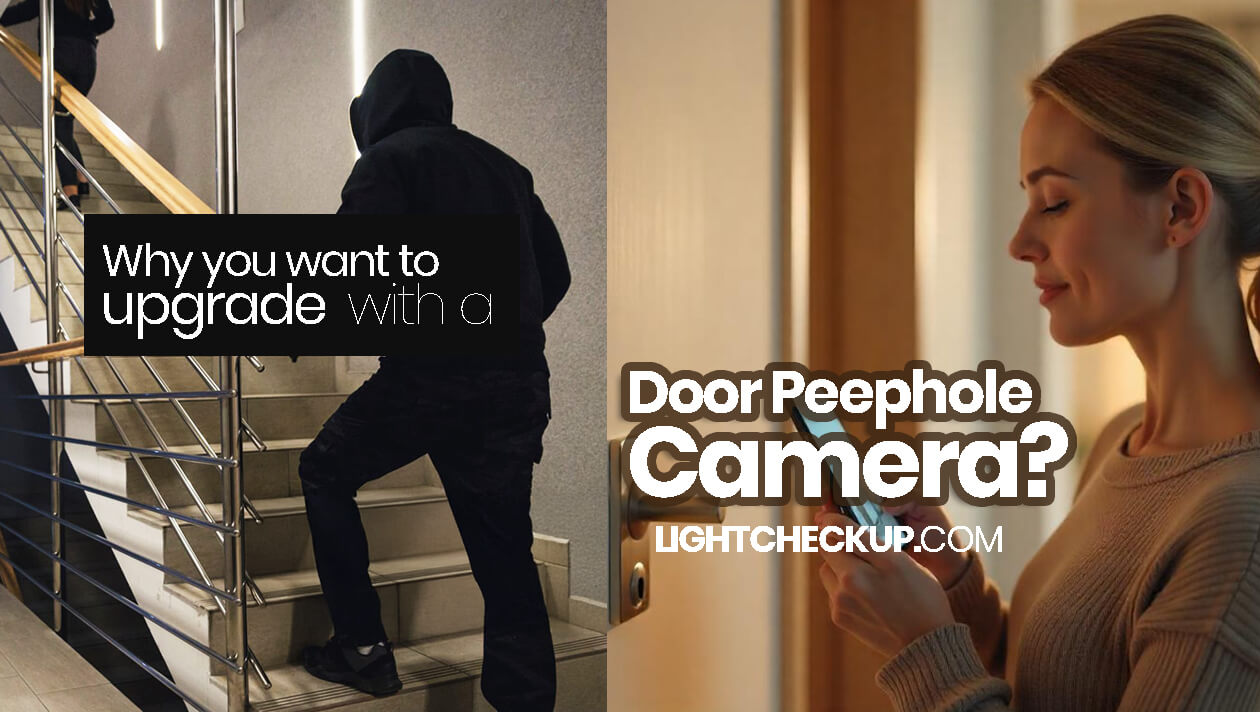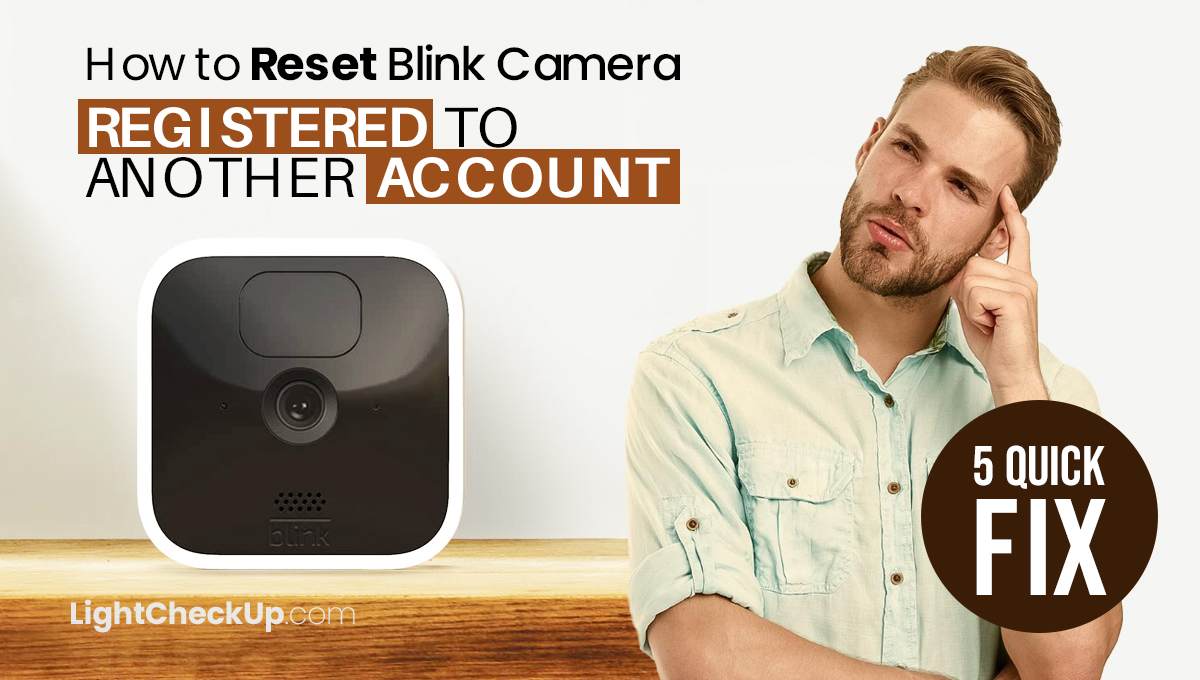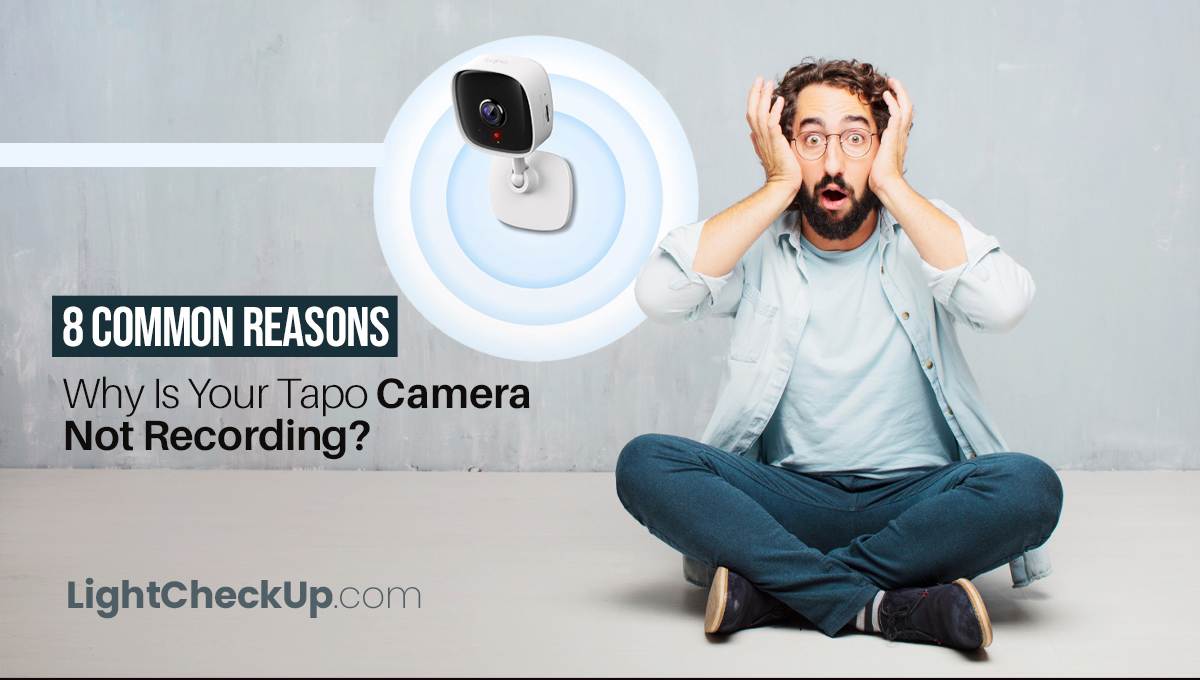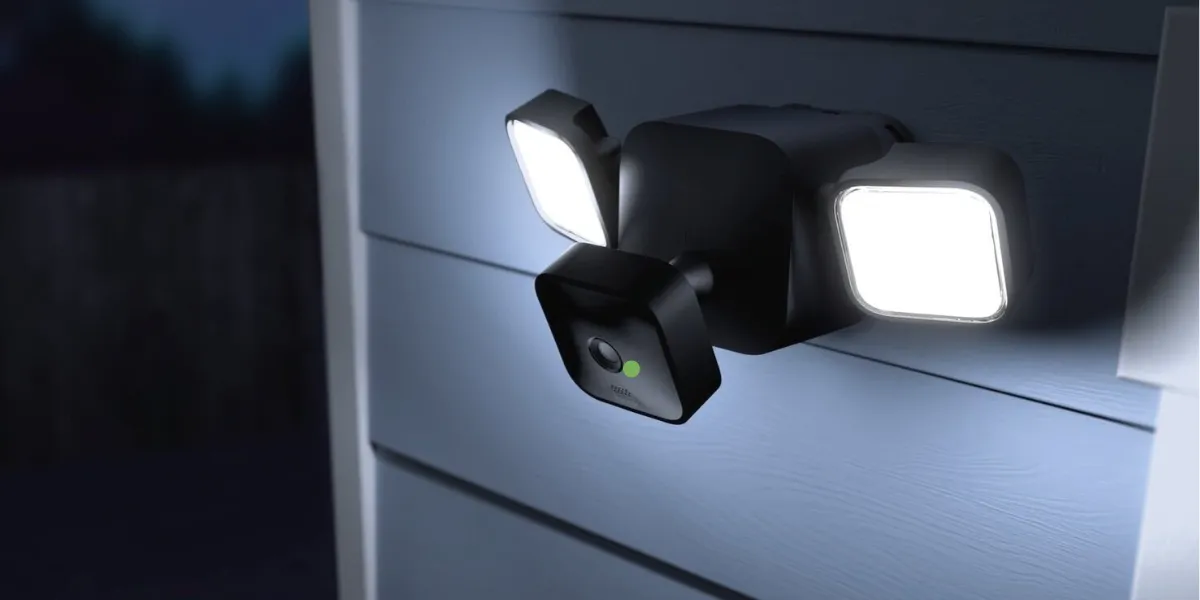I am excited to help you with the exciting world of door camera with monitor connections! We’ll guide you through all the different types of cameras, step-by-step instructions. I will also offer some helpful troubleshooting tips to get you set up in no time.
We’ll be here for you every step of the way. I will ensure that your home monitoring experience is nothing short of amazing!
- Door cameras can be connected to monitors in different ways. This depends on the type.
- Video doorbells often use smart displays or computers. Security systems use DVR/NVR connections.
- Some door cameras come with dedicated monitors for easy setup.
What Are Door Cameras and Why Connect to a Monitor?
Door cameras, such as video doorbells or security cameras, allow you to see who is at your door from inside your home.
You can connect them to a monitor, so you can check on your visitors without needing your phone. This is convenient and secure, especially for the elderly or busy households.
Read Also: Why you want to Upgrade Your Apartment door camera with a Door Peephole Camera?
How to Connect Different Types of door camera with monitor
There are three main types, and here’s how to connect each to a monitor:
Video Doorbells with App Connectivity
- Use a Smart Display: Many, like Google Nest Hub or Amazon Echo Show, can show the live feed. Just link your doorbell following the manufacturer’s instructions.
- Use a Computer or TV: Install the doorbell app on a computer connected to the monitor, or access the web interface via a browser. Download the app for smart TVs. For non-smart TVs, use a device such as Chromecast. Connect via HDMI.
Security Cameras with DVR/NVR
- Connect the camera to the DVR/NVR using coaxial cables for analog or Ethernet for IP cameras.
- Then, use an HDMI, VGA, or coaxial cable to link the DVR/NVR to the monitor.
- Power on and configure to display the feed.
Door Cameras with Dedicated Monitors

Door camera with monitor systems, the camera and monitor are often wired or wirelessly connected. Follow the manufacturer’s setup guide.
Turn on both and check to make sure that the display is working properly.
Read Also: Top Picks for Outdoor Hidden Surveillance Cameras: Secure Your Home Now!
Surprising Detail: Many Modern Door Cameras Lack Direct Video Outputs
Many modern door cameras, especially wireless ones, don’t have a direct video output. They rely on apps, requiring a smart display or computer for monitoring.
Types of Door Cameras and Their Connectivity Options
We totally get it—it’s super important to make sure you’ve got the right type of door camera for your needs. Based on our research, we categorize them as follows:
- Video Doorbells with App Connectivity:
- These are typically wireless or wired doorbells connecting via Wi-Fi, viewed through smartphone apps or web interfaces. Examples include models from Ring, Nest, and eufy.
- Connectivity options include smart display integration (Google Nest Hub, Amazon Echo Show) and computer or TV viewing.
- Security Cameras with DVR/NVR:
- Part of broader security systems, these cameras connect to a Digital Video Recorder (DVR) or Network Video Recorder (NVR), which then links to a monitor.
- Connection types include coaxial cables for analog cameras and Ethernet for IP cameras, with monitor connections via HDMI, VGA, or coaxial cables.
- Door Cameras with Dedicated Monitors:
- Some systems, like certain Lorex or Aiphone models, come with their own monitors. You don’t need to download an app to watch.
- These may use wireless pairing or direct cable connections. It depends on the system.
Read Also: How to charge solar doorbell camera? Simply follow these 6 steps
Detailed Connection Methods
Connect Video Doorbells with App Connectivity to a Monitor
Video doorbells often use existing smart devices or computers to connect to a monitor:
- Use a Smart Display:
- Many video doorbells integrate with smart displays such as Google Nest Hub or Amazon Echo Show. Before using this device, check that it’s compatible. Visit the manufacturer’s website for details.
- Next, follow the instructions for pairing. This is typically done through a smart home app, like Google Home or Alexa.
- Once set up, the display will show the live feed when the doorbell is pressed or motion is detected, offering hands-free viewing.
- Use a Computer or TV:
- Install the doorbell’s app on a computer connected to the monitor. You can also use the camera’s web interface. To do so, just enter the provided URL in a browser, and make sure the computer is on the same network.
- For smart TVs, download the app directly if available in the TV’s app store. Connect via HDMI to a computer or streaming device (such as Chromecast or Apple TV) for non-smart TVs. Then run the app or web interface on that device. This will mirror the screen to the TV.
Connect Security Cameras with DVR/NVR to a Monitor
For security cameras part of a system, the process involves the DVR/NVR as an intermediary:
Step 1: Connect the Camera to the DVR/NVR:
When it comes to analog cameras, we’ve got you covered. Just use coaxial cables to make sure you’ve got a secure connection at both ends.
And for IP cameras, we’re all about Ethernet cables. If your NVR supports it, go ahead and plug into the PoE ports — easy!
Follow the manufacturer’s instructions, often detailed in the user manual, for initial setup and camera recognition.
Step 2: Connect the DVR/NVR to the Monitor:
Use an appropriate video cable: HDMI for modern monitors, VGA for older ones, or coaxial for specific systems. You can connect one end to the DVR/NVR’s video output and the other to the monitor’s input.
Turn on both devices and use the interface to set up the DVR/NVR. Then, choose the right input channel on the monitor to view the camera feed.
Connect Door Cameras with Dedicated Monitors
This is for systems that have a door camera with a monitor. The setup is typically streamlined:
Follow Manufacturer’s Instructions:
Each system, such as Lorex Fusion or Aiphone video intercoms. That will have specific pairing procedures.
This may involve wireless pairing (ensure both devices are within range and on the same network) or connecting via a provided cable (e.g., Ethernet or proprietary connector).
Refer to the user manual for detailed steps, often involving powering on the monitor. It activates pairing mode on the camera. It confirms the connection..
Power On and Test:
After connection, power on both the camera and monitor. Do a trigger test with your camera. For example, ring the doorbell or walk outside. This will ensure that the feed displays correctly on the monitor. If it’s not clear enough, adjust the settings.
Troubleshooting Common Issues
Even if you do it right the first time, problems might happen.
Here are solutions to common problems:
No Video Feed:
Verify the camera is powered on and connections are secure. It will ensure the camera is within range and the Wi-Fi is stable for wireless systems. Check cables for damage on wired systems. Restart both camera and monitor to reset the connection.
Poor Image Quality:
Adjust the camera’s position to avoid glare or obstructions. Clean the lens if dirty. You can check camera settings for resolution and adjust if necessary. That ensure the monitor supports the output resolution.
Connection Problems:
Here are a few helpful tips to keep your setup running smoothly:
– For wireless setups, keep your devices close to your main electronics. That way, they won’t interfere with each other.
– Check your cables for wired setups.
If you notice any loose connections or any damage, it’s best to replace them.
Finally, be sure to adjust the monitor to the correct input source (e.g., HDMI1, VGA).
Conclusion and Practical Advice
We know how important it is to feel safe and secure in your own home. That’s why we’re here to help you connect your door camera with monitor! This gives you greater accessibility and security. You can also monitor your entrance directly.
There are a few ways to do this. You can use a smart display for app-based doorbells. That connect through a DVR/NVR for security systems, or set up a dedicated monitor system.
No matter how you do it, we’ve outlined some steps to help you get set up in no time!
Just remember to always refer to your device’s manual for model-specific guidance, and contact customer support for any assistance you need.








